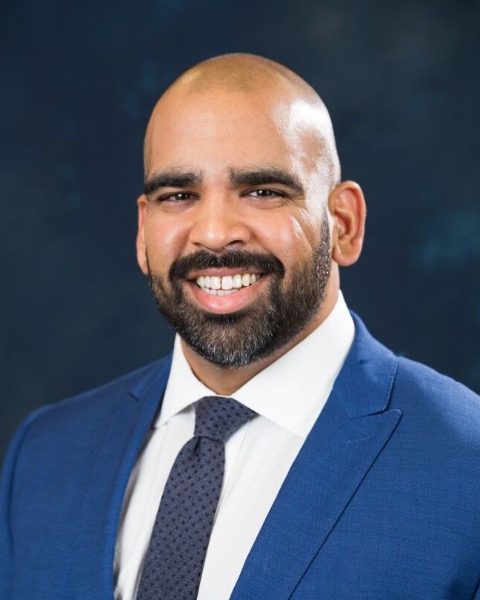0.75 CDE/CME
SS26 - Surgical Management of Skull Base Tumors: Planning, Extirpation and Reconstruction
On-demand

Ashish A. Patel, DDS, MD, FACS
Consultant and Director of Microvascular Surgery
Head and Neck Surgical Associates
Portland, OregonDisclosure: Nothing to disclose.
Speaker(s)
This session will identify the various neoplasms that commonly affect the skull base and associated structures and describe a stepwise approach to characterization, treatment planning, surgical ablation and reconstruction for patients afflicted with these diseases. This session will identify techniques to overcome common barriers and difficulties to achieving optimal outcomes and arm the learner with a reproducible and logical approach to extirpative and reconstructive surgery of the base of skull.
Learning Objectives:
At the conclusion of this presentation, participants should be able to:
- Identify skull base tumors based on location, pathology and reconstructive needs with characterization and classification.
- Define an algorithmic approach to surgical treatment planning for both benign and malignant lesions of the skull base.
- Describe the various techniques required to safely access and extirpate tumors of the anterior, middle and lateral skull base and identify the role for subcranial, transcranial, transcervical or combined approaches.
- Illustrate the principles of surgical resection of skull base tumors based on pathology, location, neurovascular involvement, osseous involvement and intracranial involvement.
- Review the reconstructive needs of post-ablative skull base defects to choose the appropriate immediate reconstruction based on location, size, dural involvement, patient comorbidities, tumor pathology and need for adjuvant therapy.

